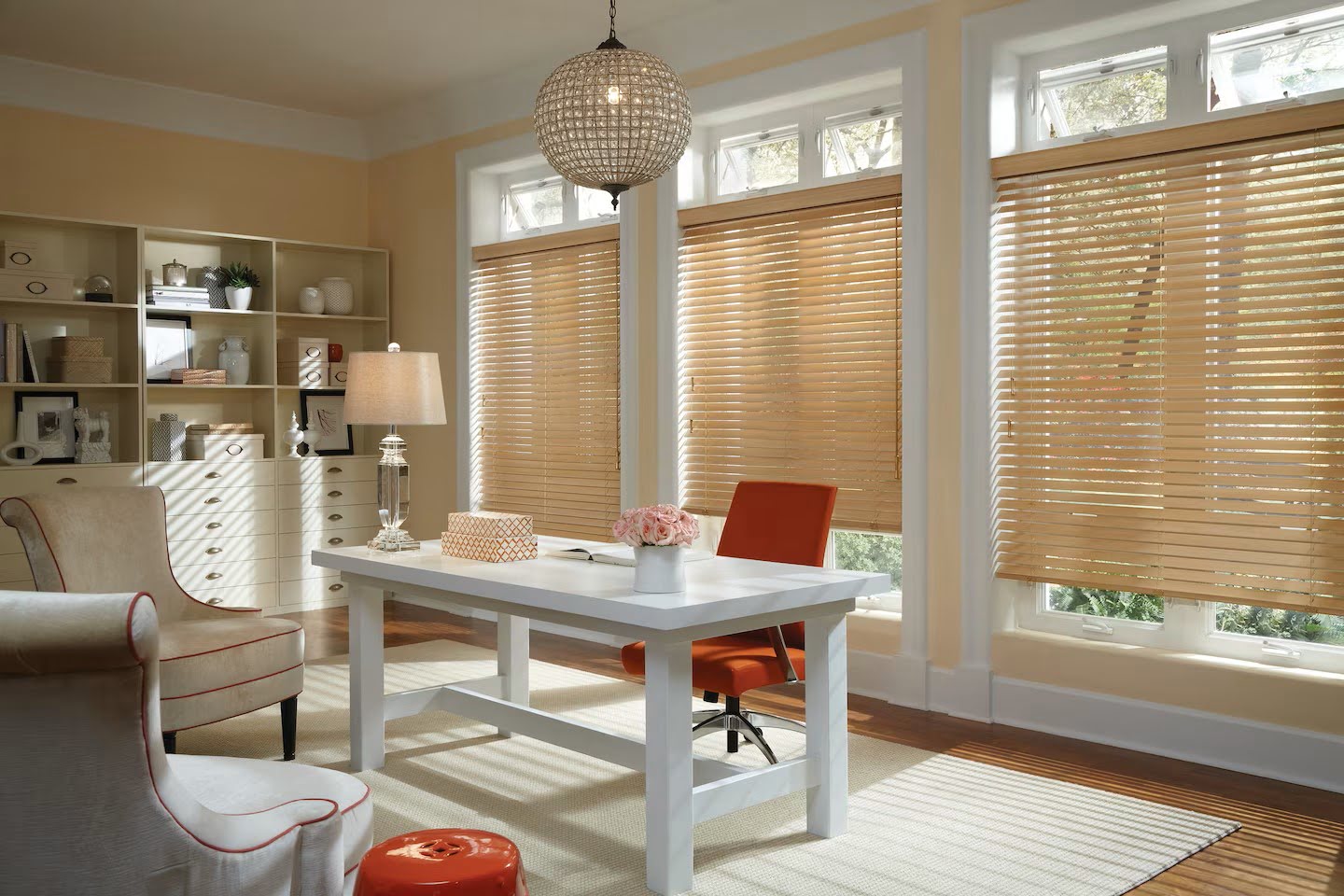

Articles
How Much Do Wooden Blinds Cost
Modified: January 18, 2024
Discover the average cost of wooden blinds in this informative article. Explore various factors that influence pricing and find the perfect blinds for your space.
(Many of the links in this article redirect to a specific reviewed product. Your purchase of these products through affiliate links helps to generate commission for Storables.com, at no extra cost. Learn more)
Introduction
Wooden blinds are a popular choice for homeowners who want to add warmth and elegance to their windows. With their natural beauty and timeless appeal, wooden blinds can enhance the overall aesthetics of any room. However, before investing in wooden blinds, it is important to understand the factors that can affect their cost and what to consider when choosing the right blinds for your home.
In this article, we will explore the various factors that can impact the cost of wooden blinds, the average prices you can expect to pay, and the important considerations when selecting the perfect blinds. Additionally, we will provide some tips on how to save money when purchasing wooden blinds.
Whether you are looking to enhance your home’s ambiance or improve privacy and light control, wooden blinds are a versatile window treatment option that can meet your needs. By understanding the factors that influence their cost, you can make an informed decision and achieve the perfect combination of style and functionality.
Key Takeaways:
- Factors such as wood type, size, customization, and installation influence the cost of wooden blinds. Investing in higher-quality blinds can provide long-term benefits in terms of durability and aesthetics.
- To save money on wooden blinds, compare prices, consider budget-friendly wood types, opt for standard sizes, and explore DIY installation. Don’t compromise on quality while staying within your budget.
Read more: How Much Do Plantation Blinds Cost
Factors that Affect the Cost of Wooden Blinds
When it comes to the cost of wooden blinds, several factors come into play that can influence the overall price. Understanding these factors can help you make an informed decision and determine the right budget for your window treatment project. Here are some key factors to consider:
- Material: The type of wood used in the blinds can significantly impact the cost. Some woods, such as oak or cherry, are more expensive and considered high-end options, while others like basswood or faux wood are more budget-friendly alternatives.
- Size and Dimensions: The size and dimensions of your windows will affect the price of your wooden blinds. Larger windows require more materials, which can increase the overall cost.
- Customization: If you choose to customize your blinds, such as adding motorization, special finishes, or unique shapes, it can increase the cost. Custom-made wooden blinds tend to be more expensive than standard-sized options.
- Quality and Brand: The quality of the wooden blinds and the reputation of the brand can impact the price. Well-established brands with a reputation for craftsmanship and durability tend to have higher price points.
- Additional Features: Some wooden blinds come with additional features such as UV protection, light-blocking capabilities, or energy efficiency. These features can increase the cost but also add value and enhance the functionality of the blinds.
- Installation: The cost of installation can vary depending on whether you hire a professional or choose to install the blinds yourself. Hiring a professional may come with an additional fee but ensures that the blinds are properly installed and function correctly.
By considering these factors, you can have a better understanding of why the cost of wooden blinds may vary. It is important to assess your preferences and budget before making a decision. Keep in mind that investing in higher-quality wooden blinds can provide long-term benefits in terms of durability, aesthetics, and overall value for your home.
The Average Cost of Wooden Blinds
The cost of wooden blinds can vary depending on the factors mentioned earlier. It is essential to have a ballpark figure in mind when planning your budget for window treatments. While the prices can fluctuate, here is an estimate of the average cost range for wooden blinds:
Standard-sized wooden blinds typically range from $50 to $150 per window, depending on the quality and customization options. The price usually includes the blinds, mounting hardware, and basic installation instructions.
For larger or custom-sized windows, expect to pay more. Custom-sized blinds can cost anywhere from $150 to $500 per window, depending on the dimensions, wood type, and additional features. Customization options, such as motorization or special finishes, will also affect the overall price.
Keep in mind that these prices are just averages and can vary depending on your location, the specific brand or retailer, and any current promotions or discounts available. Shopping around and comparing prices from different suppliers can help you find the best deal within your budget.
In addition to the initial purchase cost, it is worth considering the long-term value of wooden blinds. Although wooden blinds may have a higher upfront cost compared to other window treatments, their durability and timeless appeal can make them a worthwhile investment. Wooden blinds can add value to your home and provide years of functionality and aesthetic appeal.
Remember, the average cost of wooden blinds is just a starting point. The final price will depend on your specific requirements and the options you choose. Take the time to explore different brands, compare prices, and consider the overall quality and features of the blinds before making your final decision.
When considering the cost of wooden blinds, factors such as the size, quality of the wood, and any additional features will impact the price. It’s important to compare prices from different retailers and consider the long-term durability of the blinds before making a purchase.
Factors to Consider When Choosing Wooden Blinds
Choosing the right wooden blinds for your home can make a significant difference in terms of aesthetics, functionality, and overall satisfaction. Here are some important factors to consider when selecting wooden blinds:
- Style and Design: Wooden blinds come in a variety of styles and finishes. Consider the overall style of your home and choose an option that complements your interior decor. Whether you prefer a traditional, rustic, or modern look, there is a style of wooden blinds to suit your taste.
- Light Control: Determine how much light control you need in each room. If you want maximum light control, consider choosing wooden blinds with slats that can be tilted to precisely regulate the amount of light entering the room. Tilted slats provide privacy while still allowing natural light to filter in.
- Privacy: Consider the level of privacy you require. Thicker slats or tight-fitting blinds can enhance privacy by preventing others from seeing into your home. If privacy is a top concern, look for wooden blinds with features like routeless slats or privacy tapes.
- Maintenance: Wooden blinds require regular cleaning and maintenance to keep them looking their best. Consider the maintenance requirements of different wood types and finishes. Some blinds may require more frequent dusting or occasional polishing to maintain their appearance.
- Durability: Look for high-quality wooden blinds that are built to last. Consider the durability of different wood types and finishes. Solid wood blinds are generally more durable than faux wood alternatives. Quality construction and strong hardware components are also essential for long-lasting performance.
- Energy Efficiency: Wooden blinds can offer insulation benefits and help regulate indoor temperatures. Look for options with insulating properties to reduce heat loss in winter and minimize heat gain in summer. Additionally, consider wooden blinds with cords or motorized options that allow for precise control of light and temperature.
- Budget: Determine your budget range and consider the cost of different wood types, customization options, and additional features. Remember to balance price with quality and choose wooden blinds that offer the best value within your budget.
By considering these factors, you can narrow down your choices and find wooden blinds that best meet your needs and preferences. It is also a good idea to visit showrooms or request samples to see the blinds in person and get a feel for their quality and appearance. Taking the time to select the right wooden blinds will ensure that you are satisfied with your investment for years to come.
Tips for Saving Money on Wooden Blinds
Investing in wooden blinds for your home doesn’t have to break the bank. With some smart shopping strategies and careful consideration, you can save money on your wooden blinds purchase. Here are some tips to help you get the best deal:
- Compare Prices: Take the time to compare prices from different retailers or online suppliers. Look for sales, promotions, or discounts that can significantly reduce the cost of the blinds.
- Consider Budget-Friendly Wood Types: Opt for more affordable wood options like basswood or faux wood blinds, which can provide a similar look and feel to more expensive wood types.
- Standard Sizes: Choose standard-sized blinds whenever possible. Custom sizes often come with a higher price tag, so sticking with standard measurements can save you money.
- DIY Installation: Consider installing the blinds yourself instead of hiring a professional. Many wooden blinds come with easy-to-follow installation instructions, and there are plenty of online tutorials available to assist you.
- Shop Off-Season: Look for deals and discounts during the off-season or when retailers are trying to clear out inventory. You may be able to find significant savings during these times.
- Consider Ready-Made Blinds: Ready-made wooden blinds are often more affordable than custom-made blinds. Check if ready-made blinds are available in the sizes and finishes you need.
- Sign Up for Newsletters or Loyalty Programs: Subscribe to newsletters or loyalty programs of retailers and manufacturers. They often send out exclusive discounts, promotions, or coupons to their members.
- Ask for Samples: Request samples of different wood types or finishes before making your final decision. This will allow you to see and feel the quality without committing to a full purchase.
- Budget for Additional Expenses: Don’t forget to budget for any additional expenses, such as installation hardware, valances, or cordless options. Including these costs in your initial budget will help you avoid any surprises.
- Consider Alternatives: If wooden blinds are out of your budget, consider alternative window treatment options that offer a similar look and feel. For example, faux wood blinds or wood-look vinyl blinds can be more affordable alternatives.
Remember, while it’s important to save money, don’t compromise on quality. Invest in blinds that are durable, functional, and aesthetically pleasing. By being strategic and savvy in your shopping approach, you can find wooden blinds that beautifully enhance your home without straining your budget.
Read more: How Much Do Budget Blinds Cost
Conclusion
Wooden blinds are a timeless and elegant window treatment option that can enhance the overall aesthetics of your home. When considering the cost of wooden blinds, it is important to take into account factors such as the material, size, customization options, and installation. By understanding these factors, you can make an informed decision and find the perfect wooden blinds for your space.
The average cost of wooden blinds can vary, but it is important to remember that higher-quality blinds often justify the investment with their durability and long-term value. Custom sizes and additional features can increase the price, so it’s important to determine your specific needs and budget before making a decision.
When choosing wooden blinds, consider factors such as style, light control, privacy, maintenance, durability, and energy efficiency. By carefully considering these aspects, you can ensure that the wooden blinds you choose not only fit your budget but also align with your aesthetic preferences and practical requirements.
To save money on wooden blinds, explore sales, compare prices, opt for budget-friendly wood types, and consider DIY installation. Shopping off-season and taking advantage of loyalty programs or newsletters can also help you find the best deals. Additionally, be open to alternatives or ready-made blinds if they offer a similar look and functionality at a lower cost.
In conclusion, wooden blinds are a beautiful addition to any home, offering both style and functionality. By understanding the factors that affect their cost, considering your specific needs, and being smart about your purchasing decisions, you can find wooden blinds that transform your space while staying within your budget.
Take your time, do your research, and select the wooden blinds that best suit your style and budget. With the right choices, you can enjoy the beauty, warmth, and privacy that wooden blinds bring to your home for years to come.
Frequently Asked Questions about How Much Do Wooden Blinds Cost
Was this page helpful?
At Storables.com, we guarantee accurate and reliable information. Our content, validated by Expert Board Contributors, is crafted following stringent Editorial Policies. We're committed to providing you with well-researched, expert-backed insights for all your informational needs.
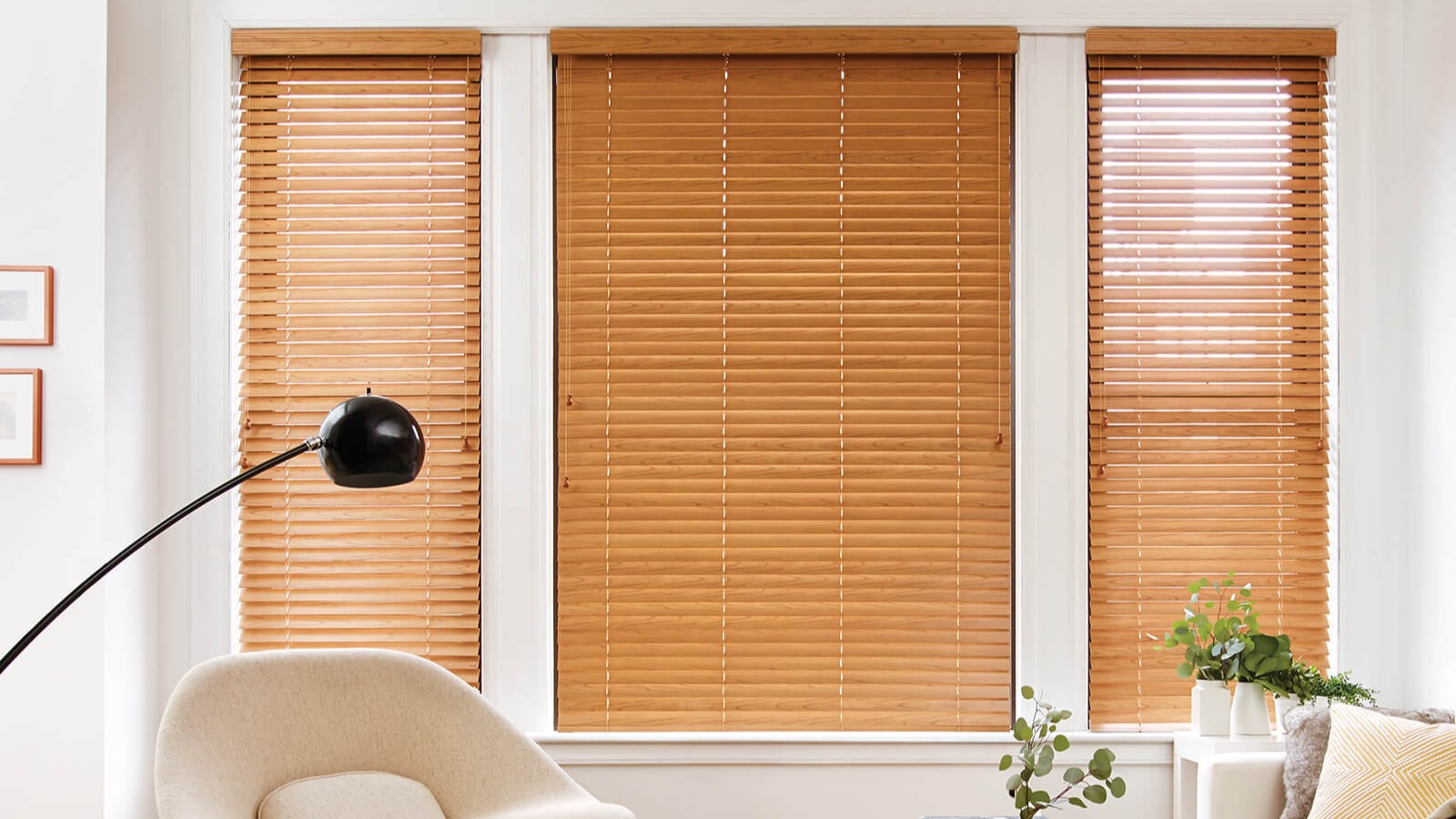
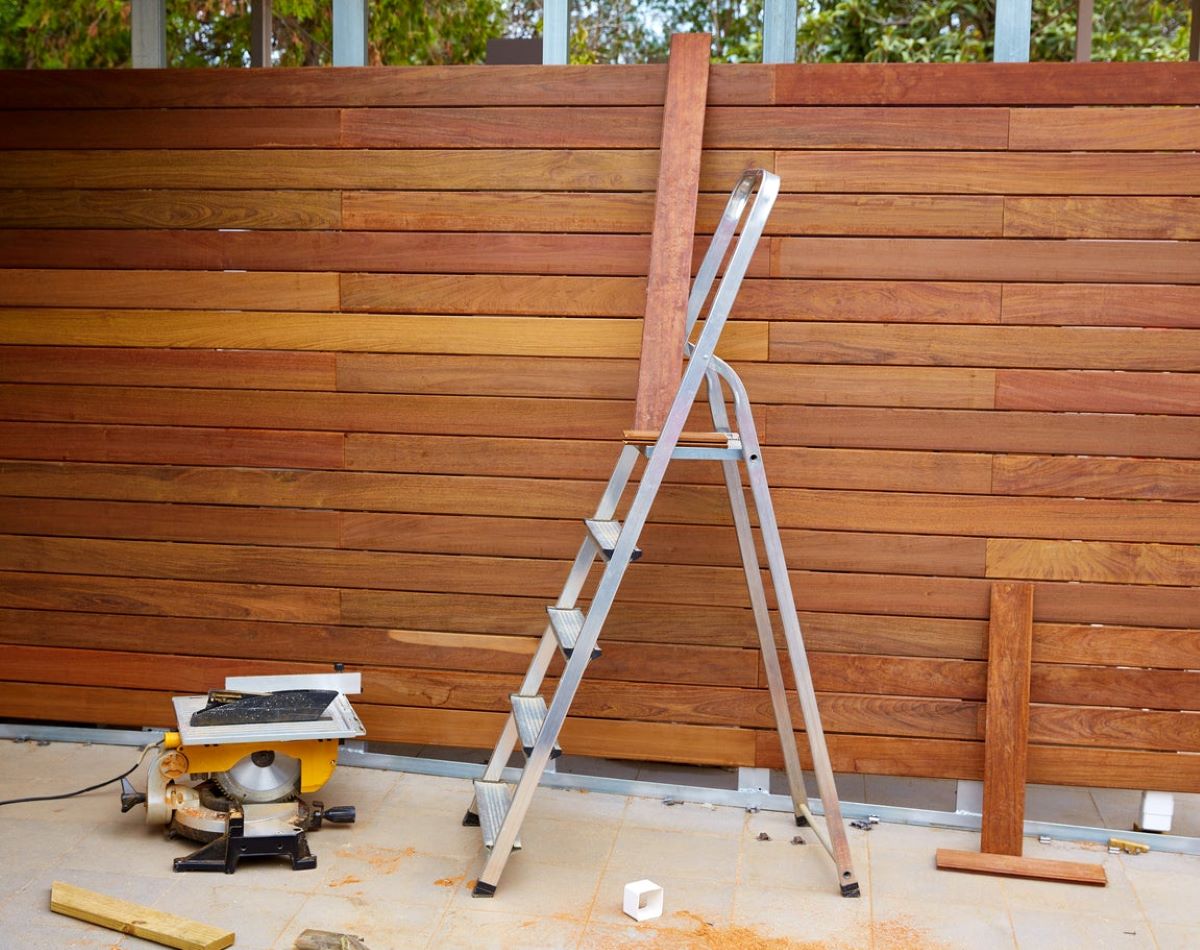
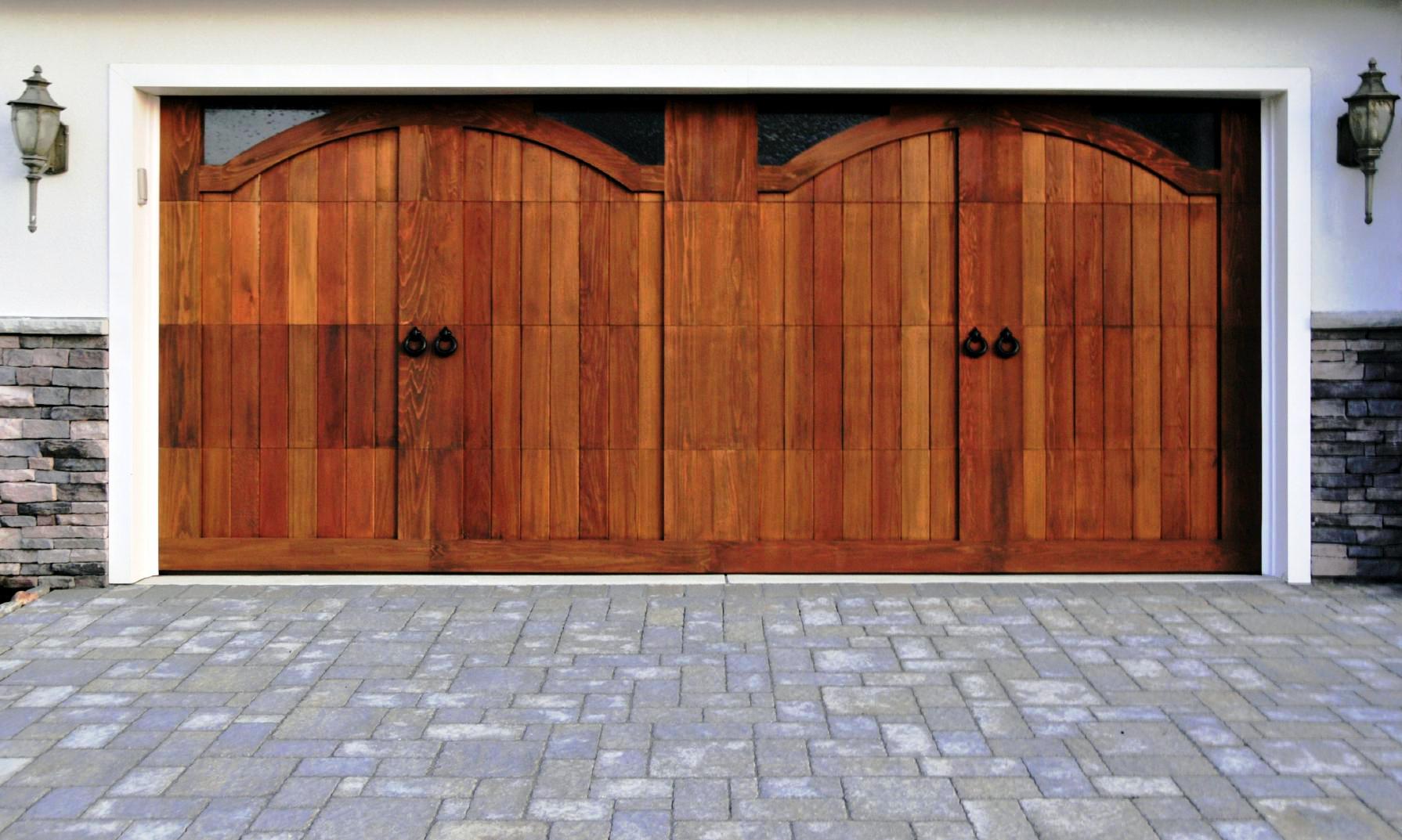
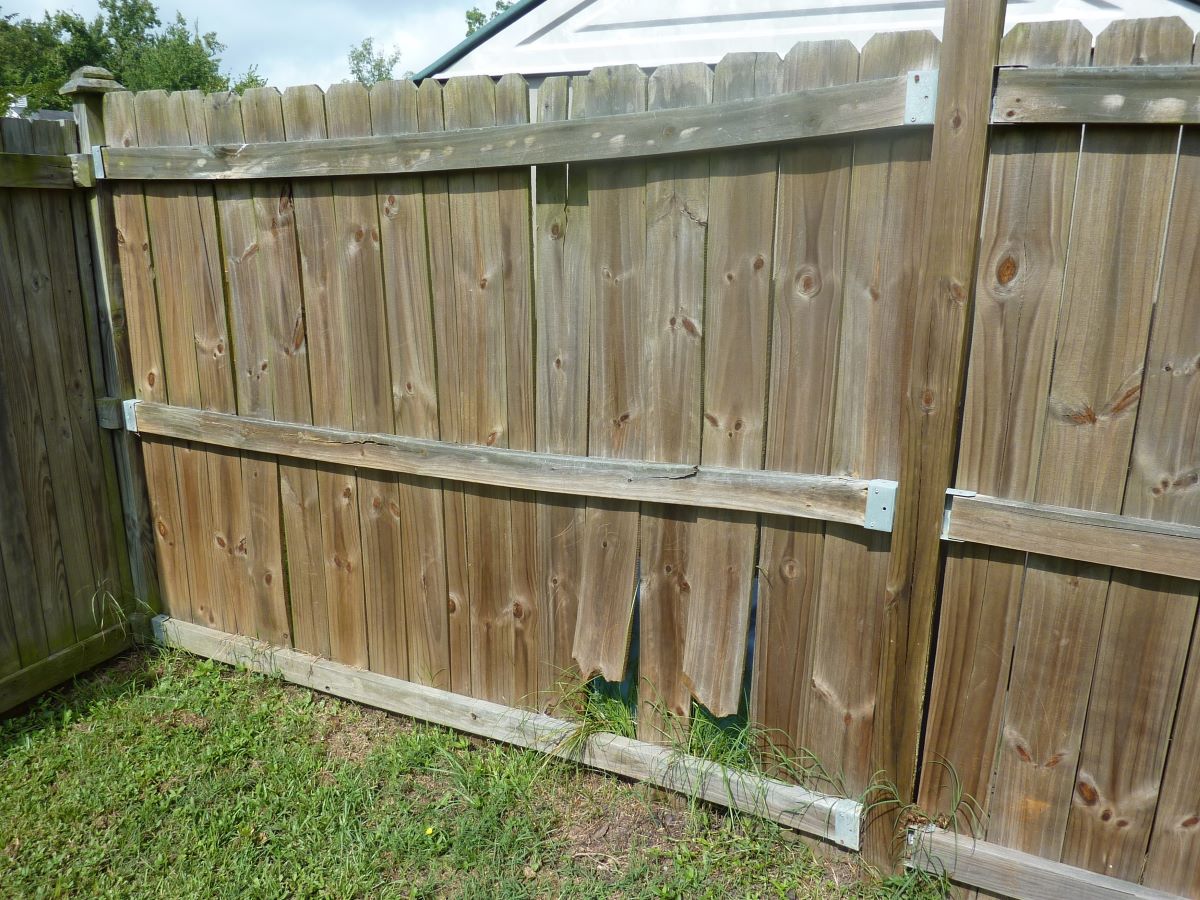
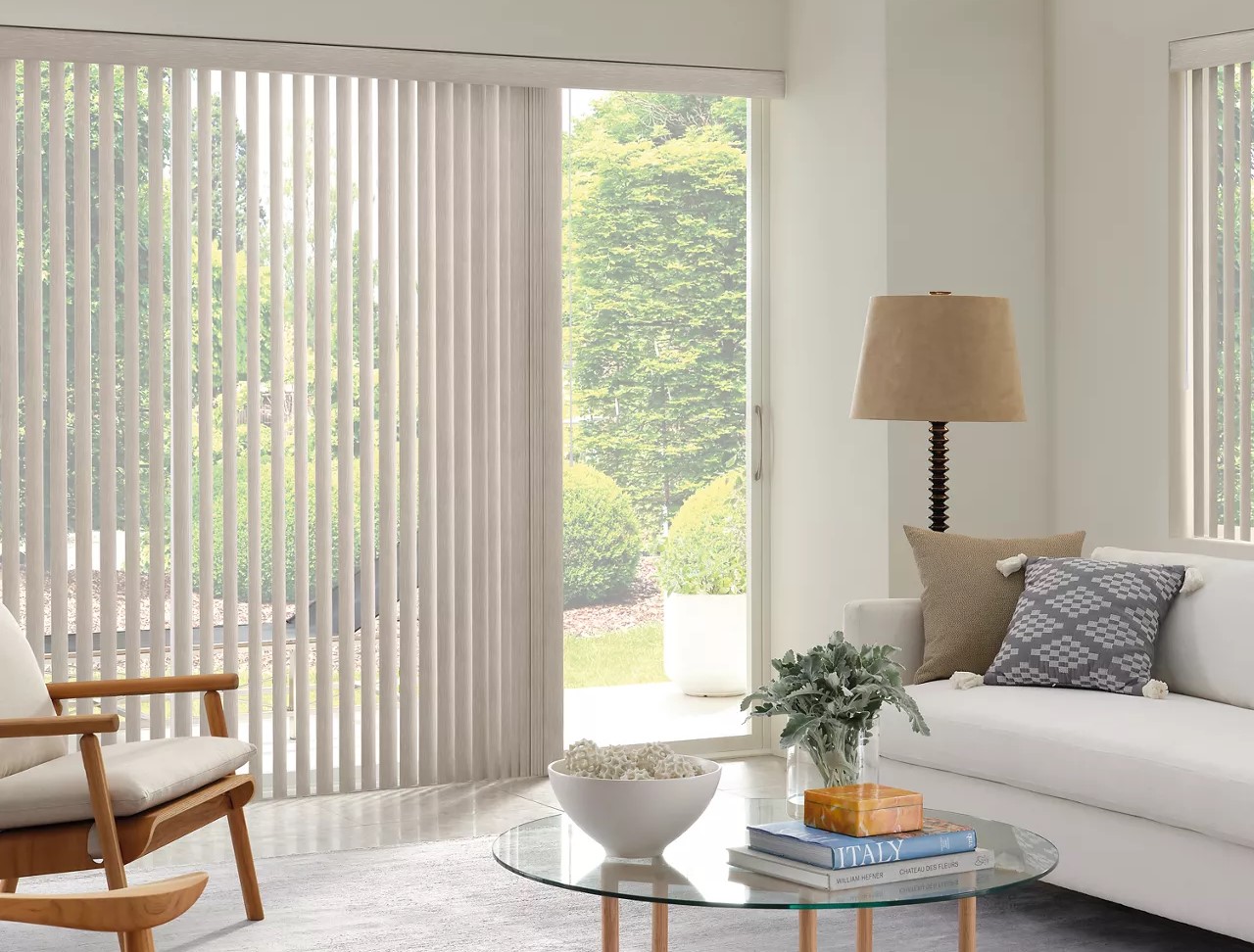
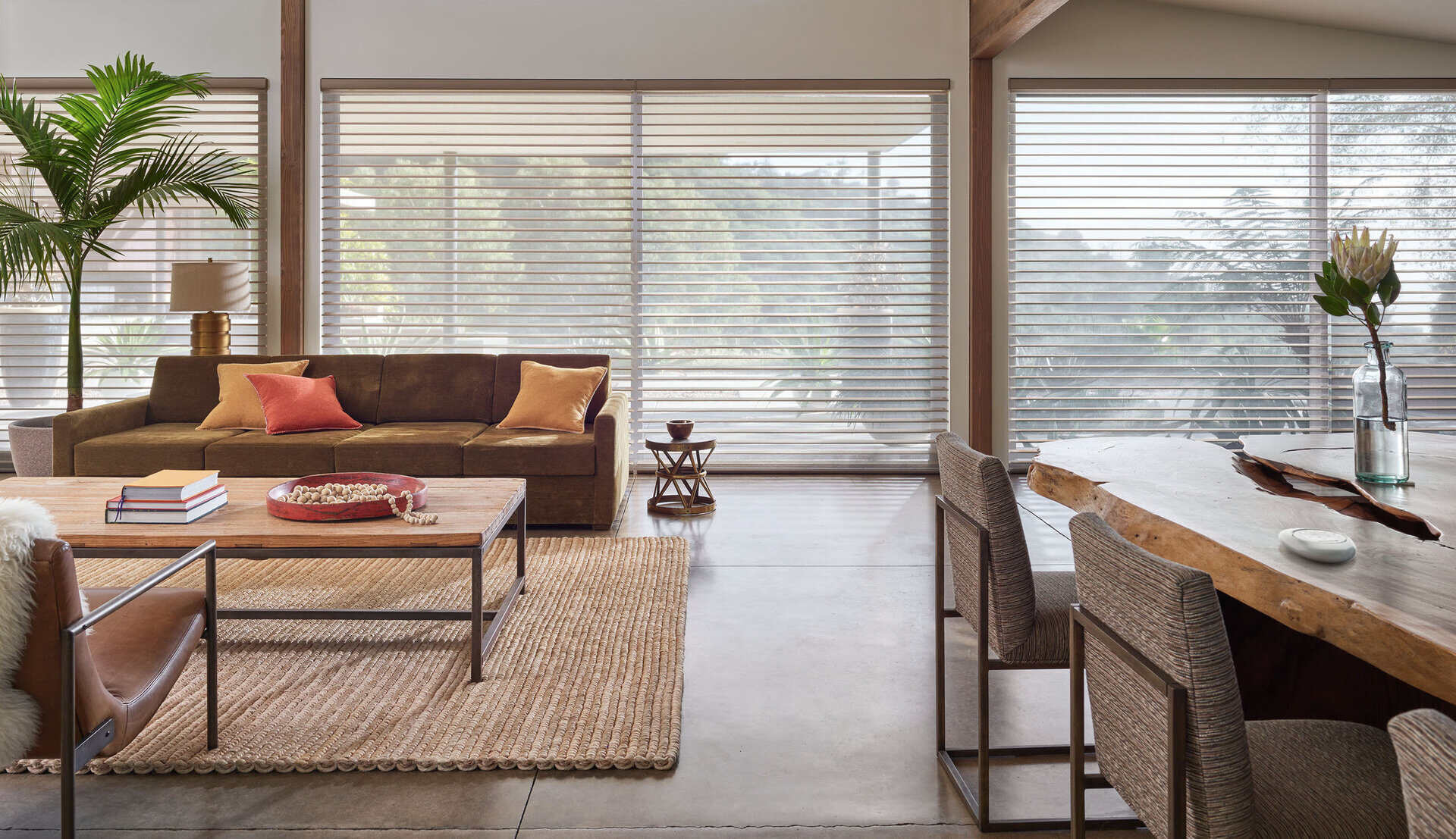
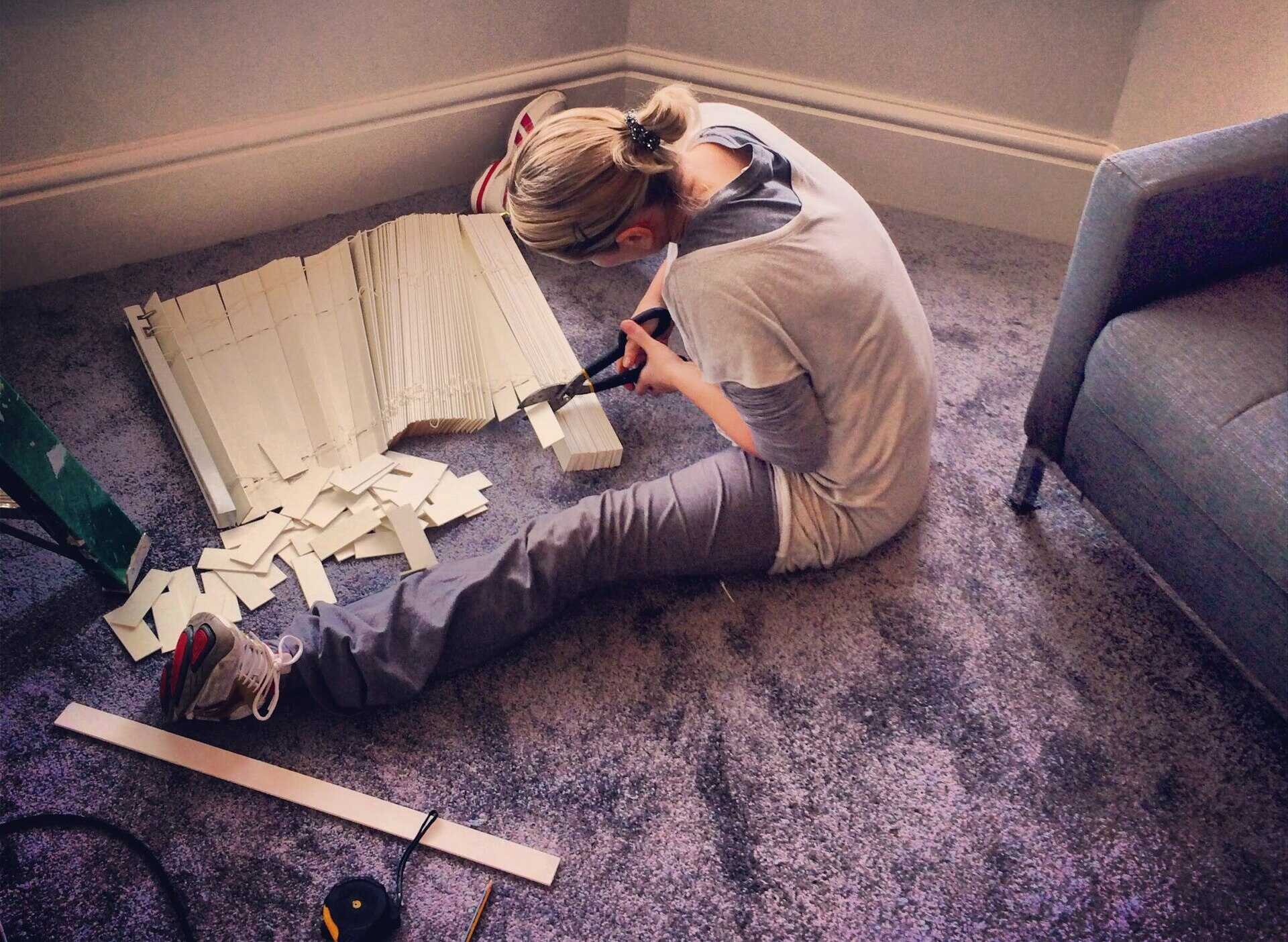
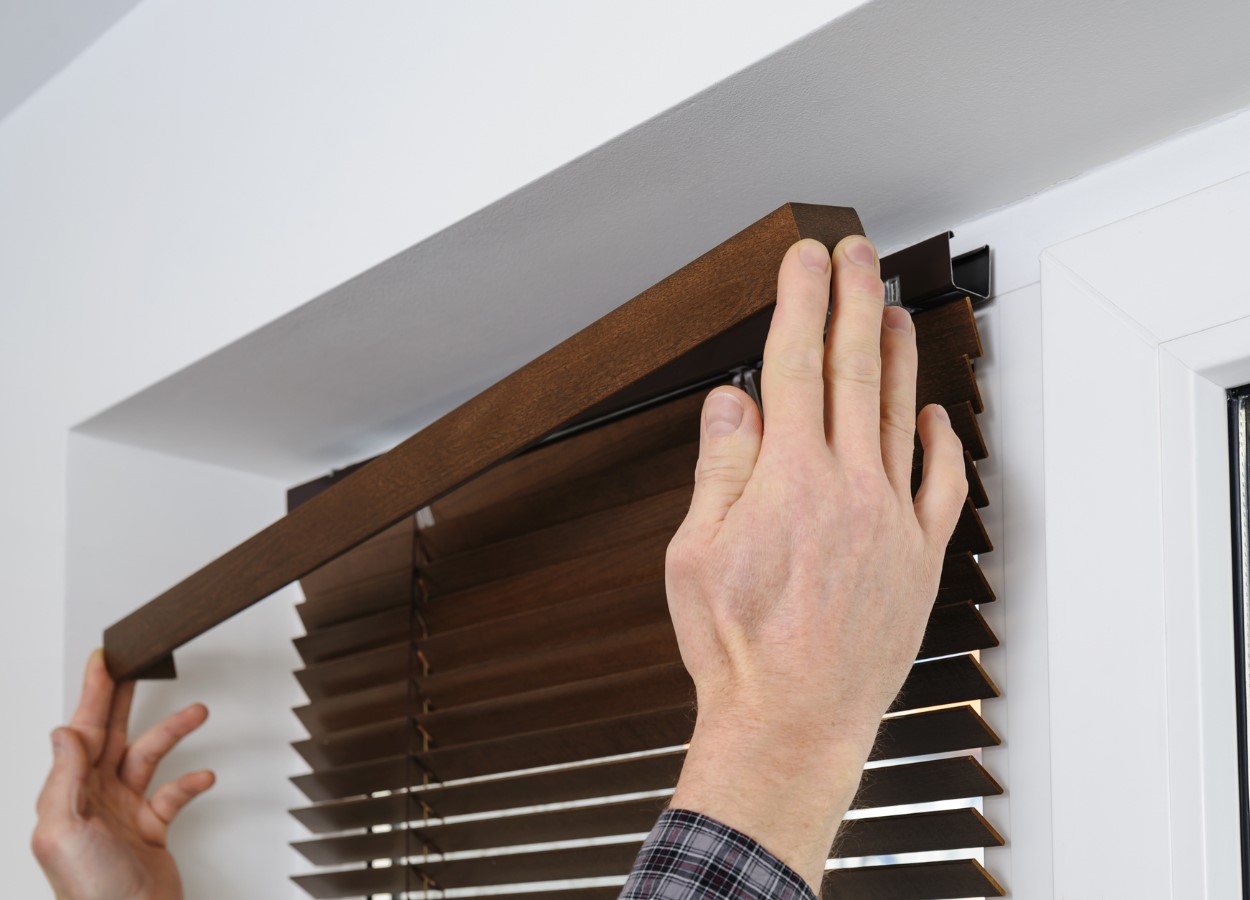
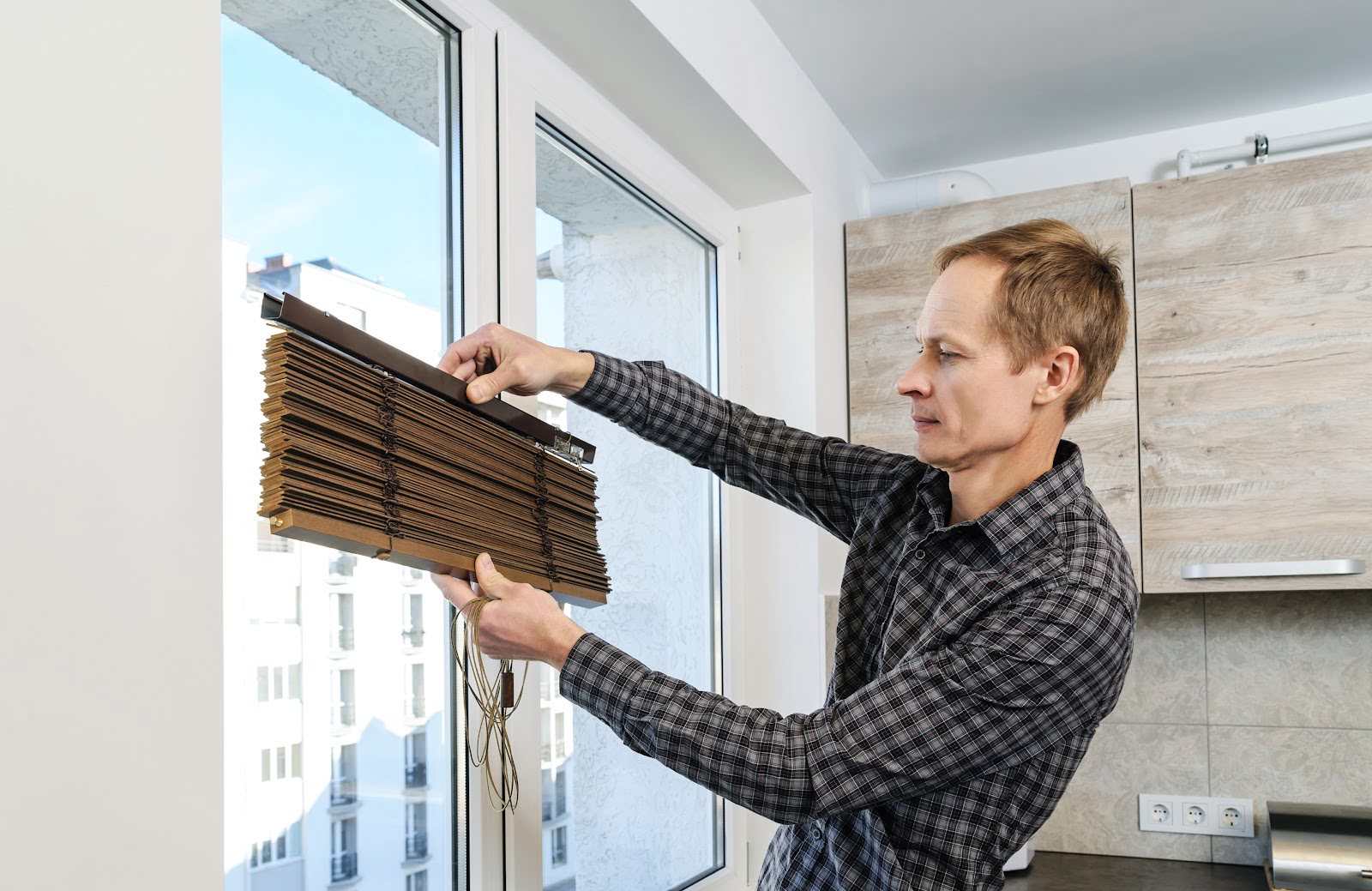
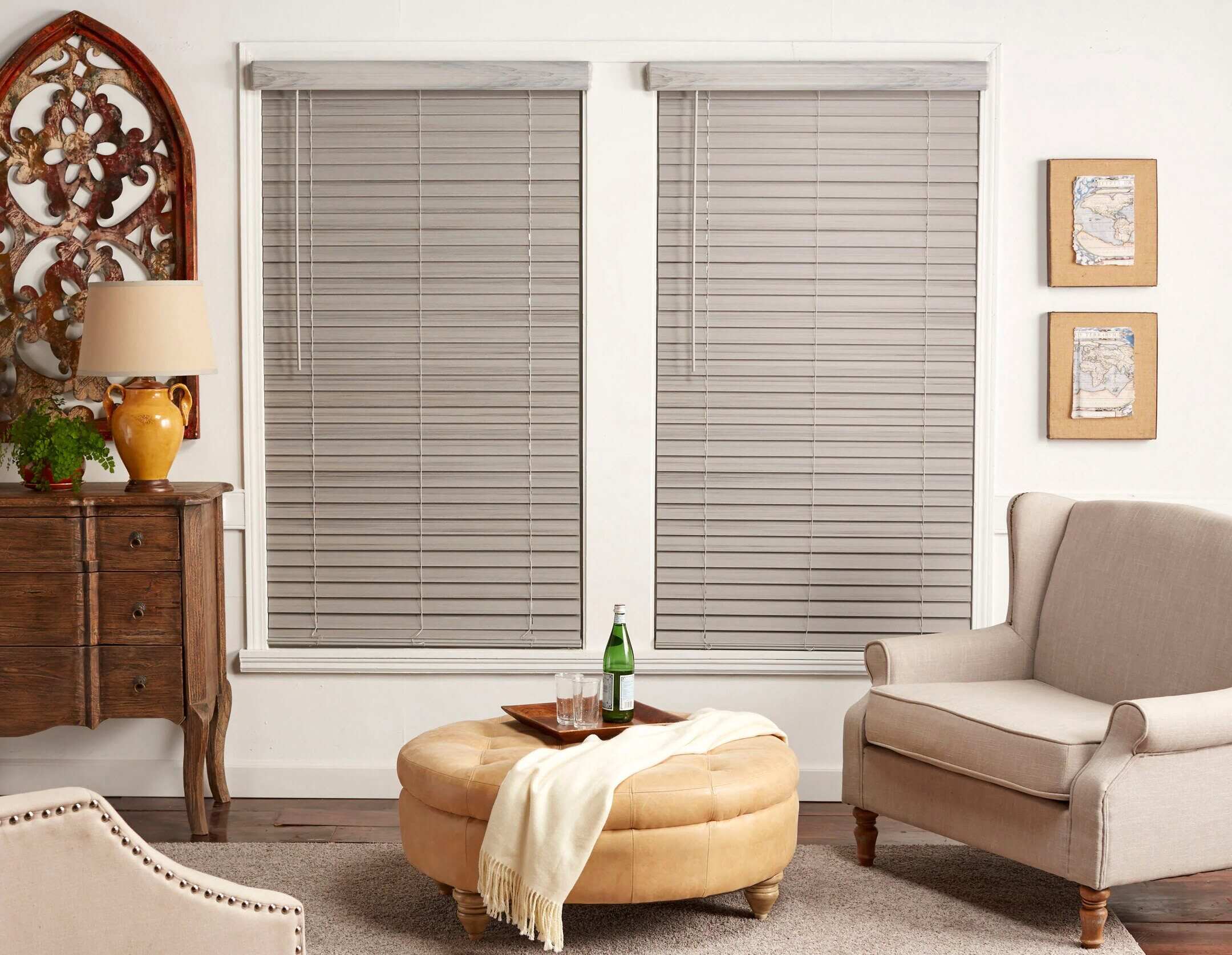



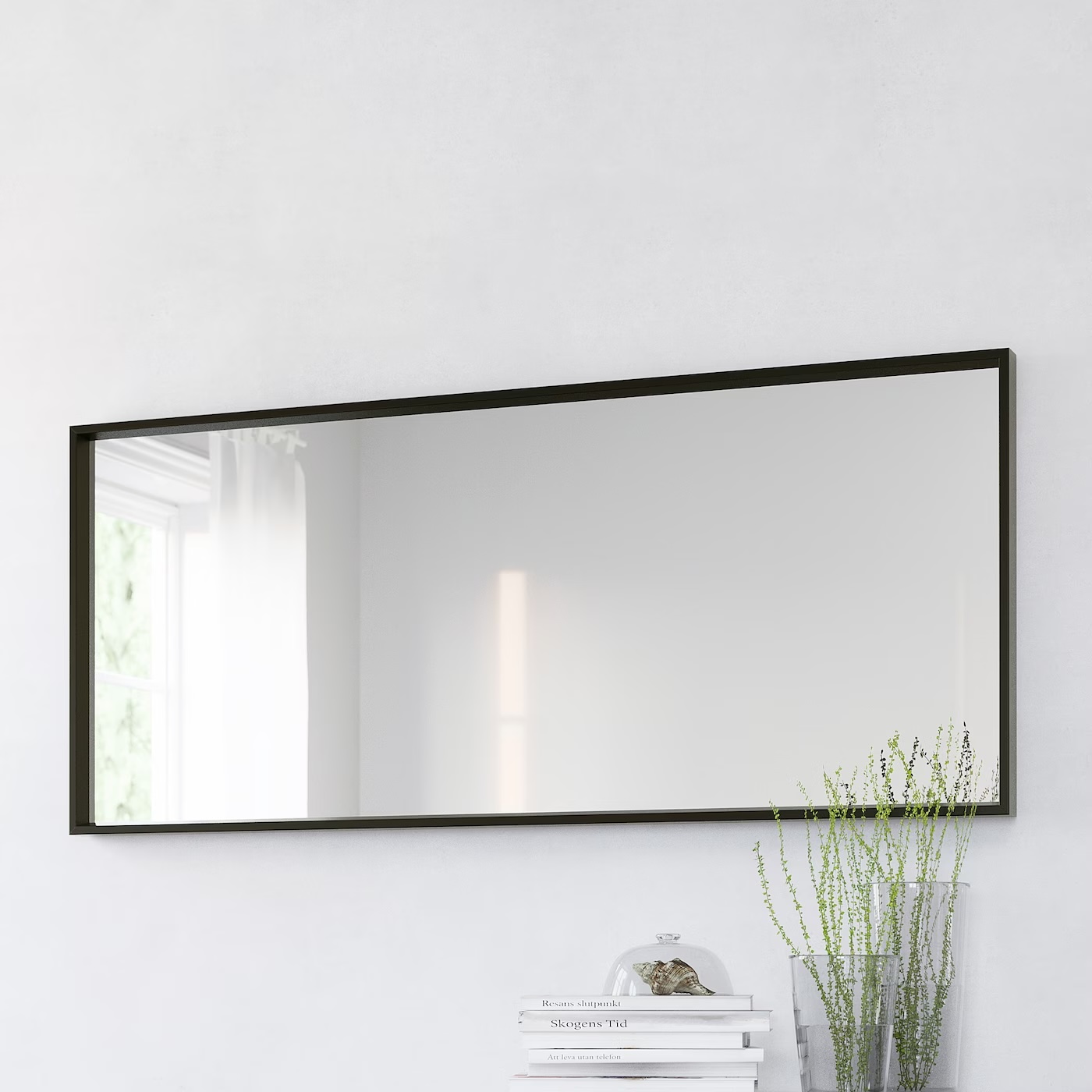

0 thoughts on “How Much Do Wooden Blinds Cost”